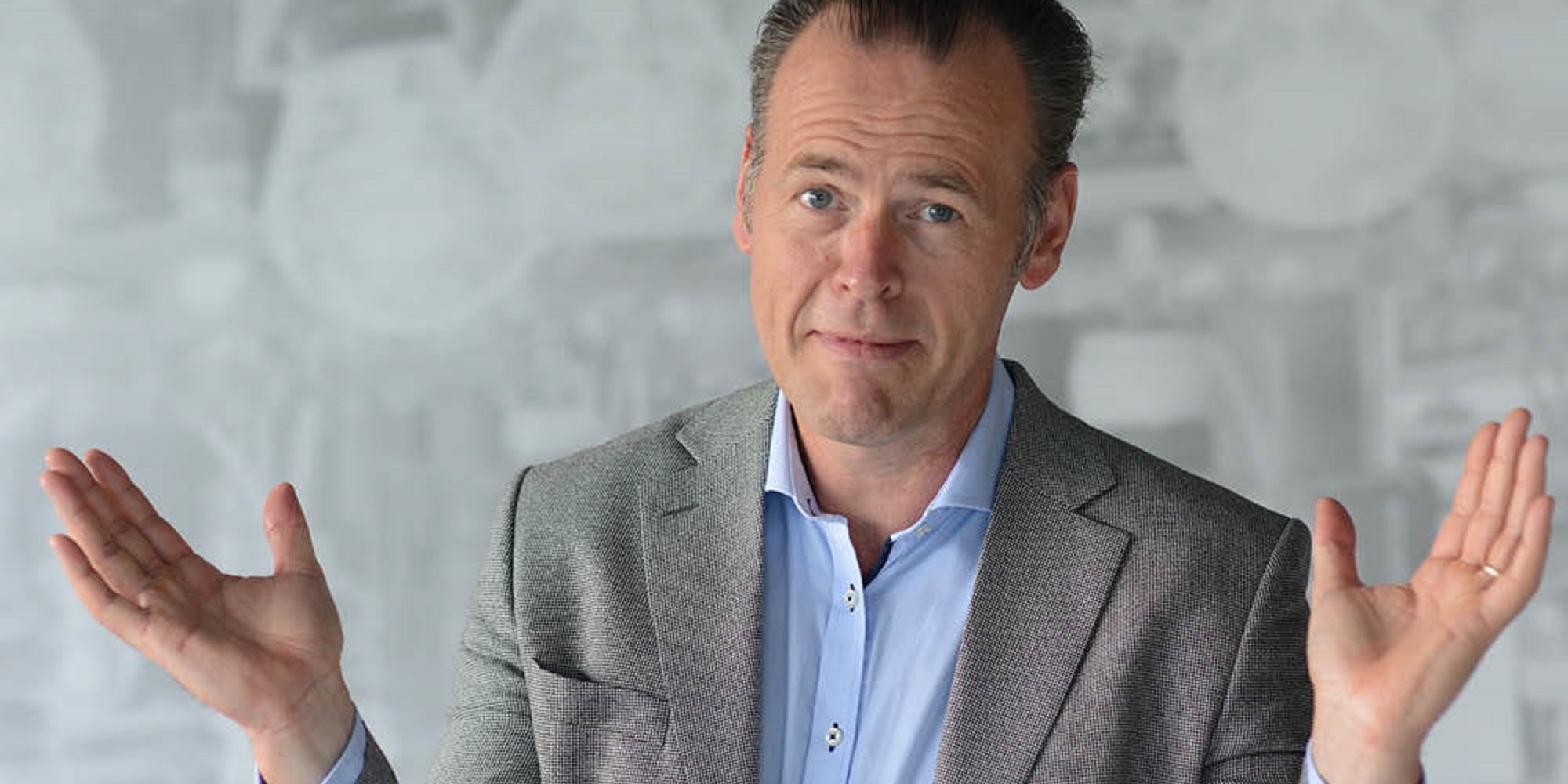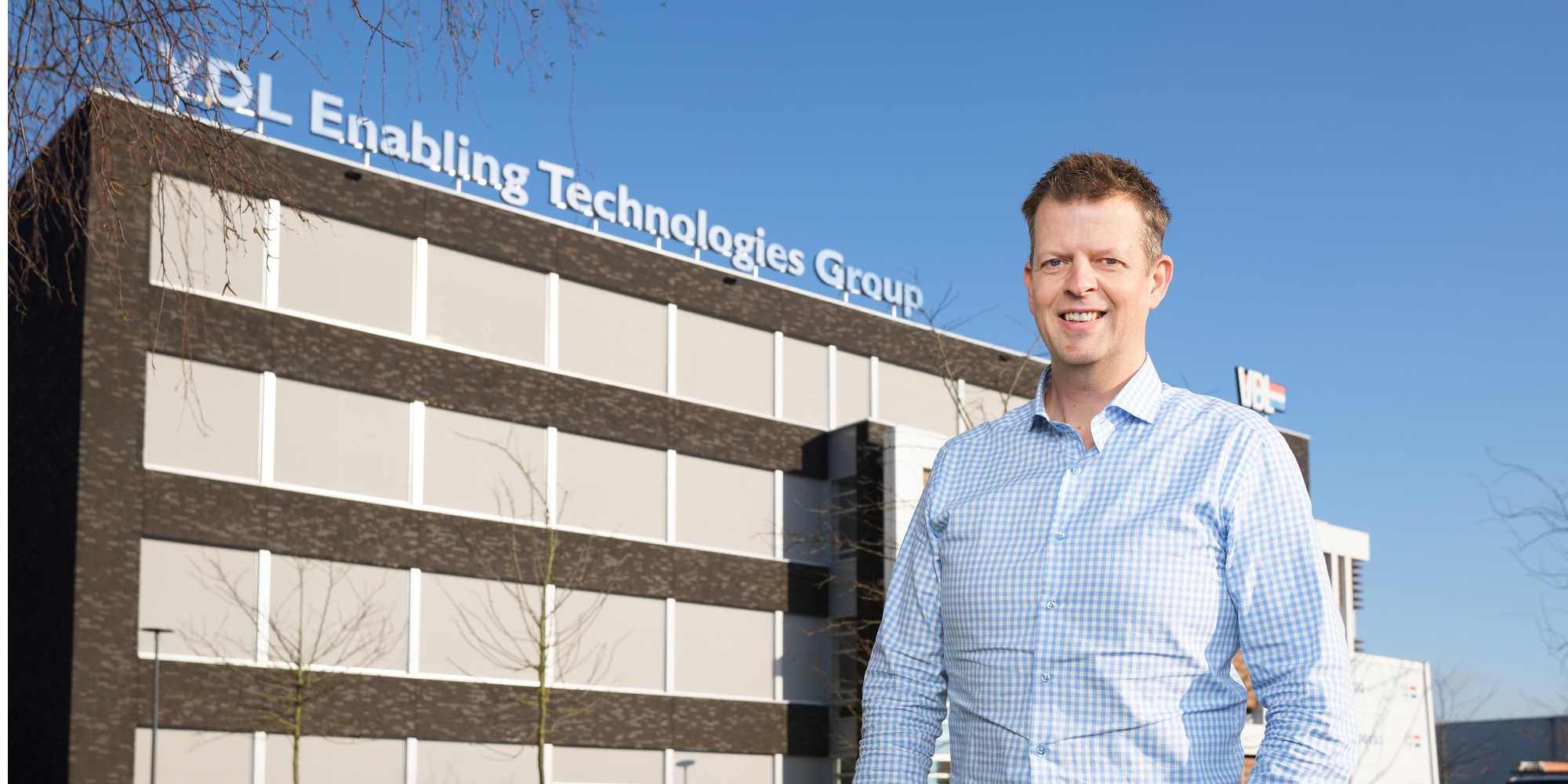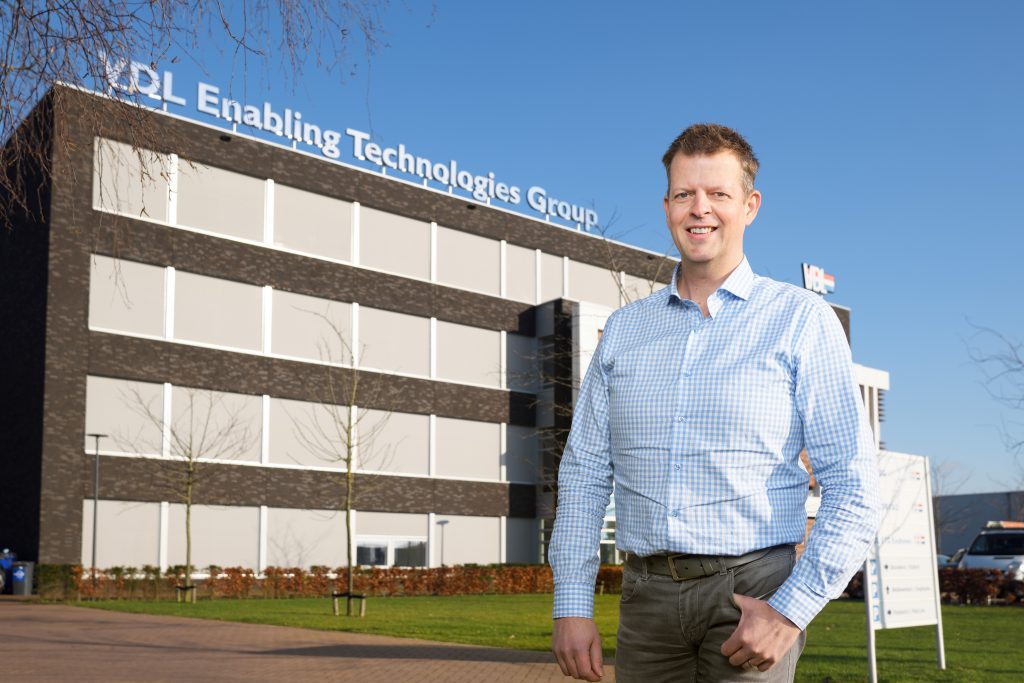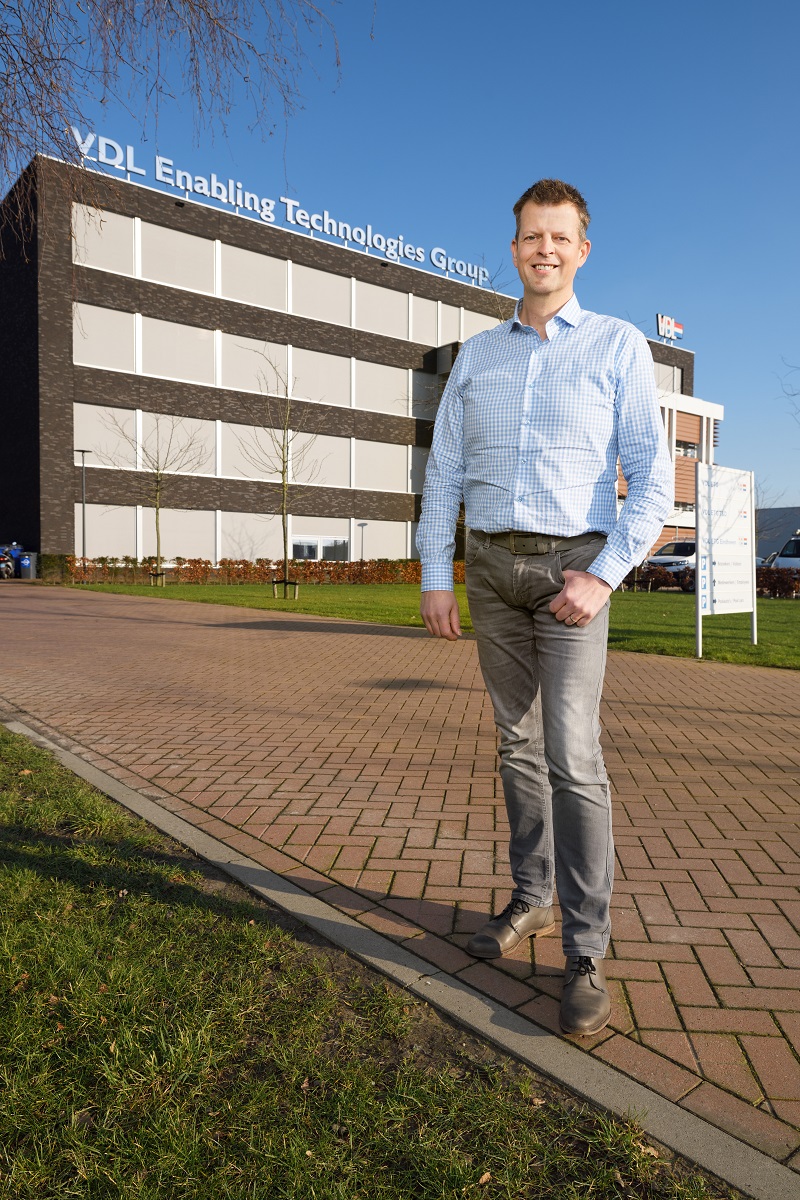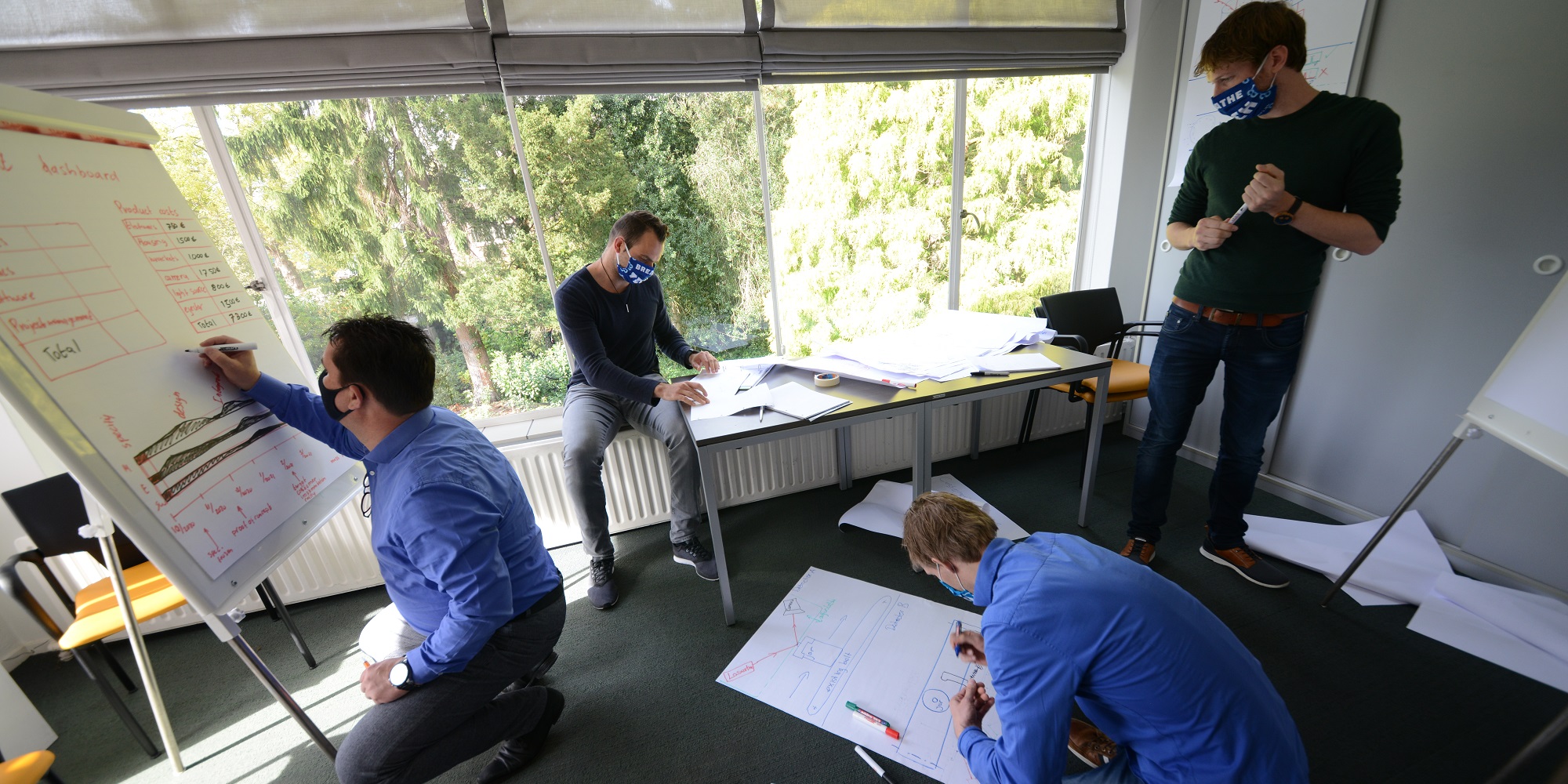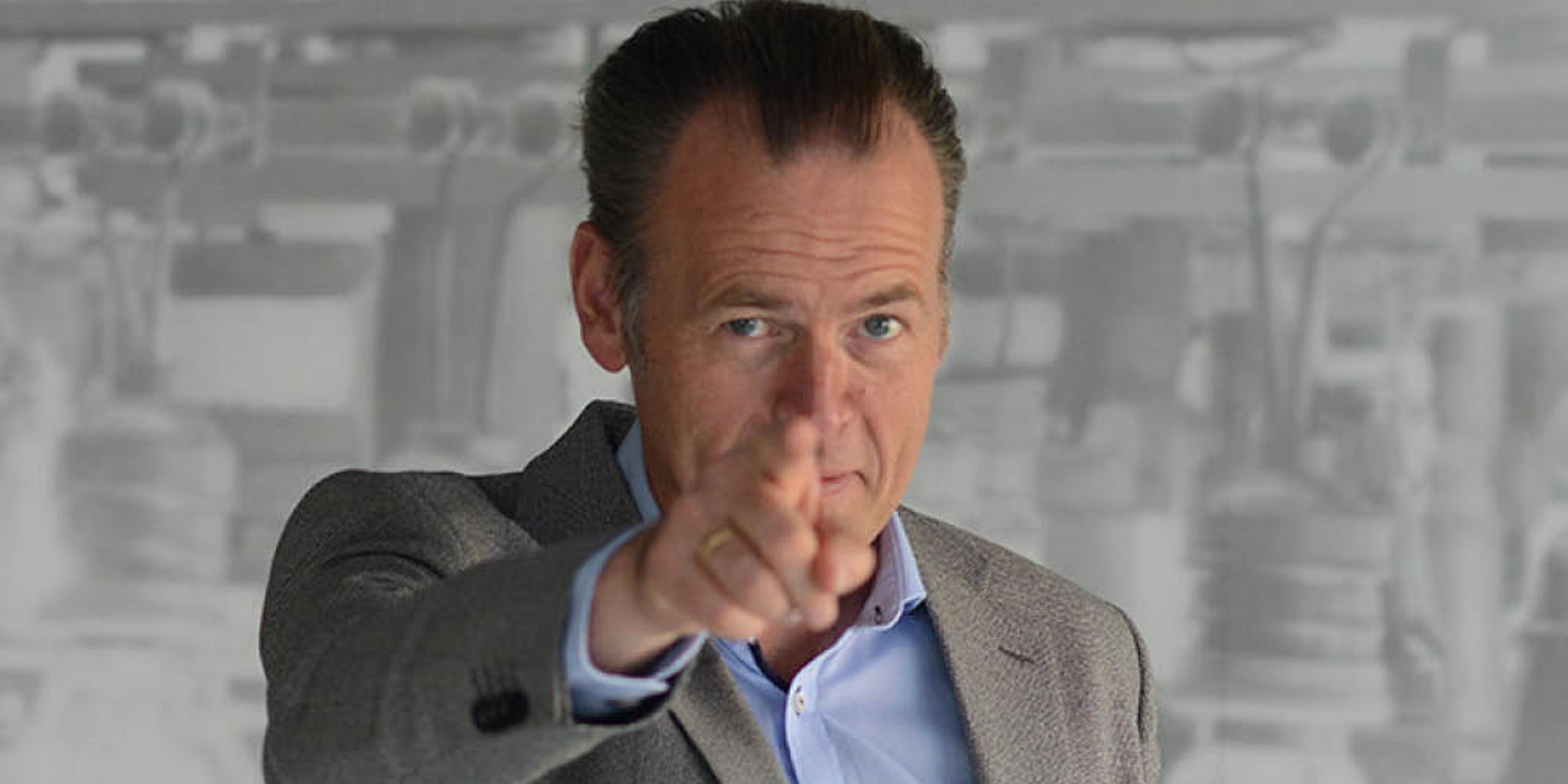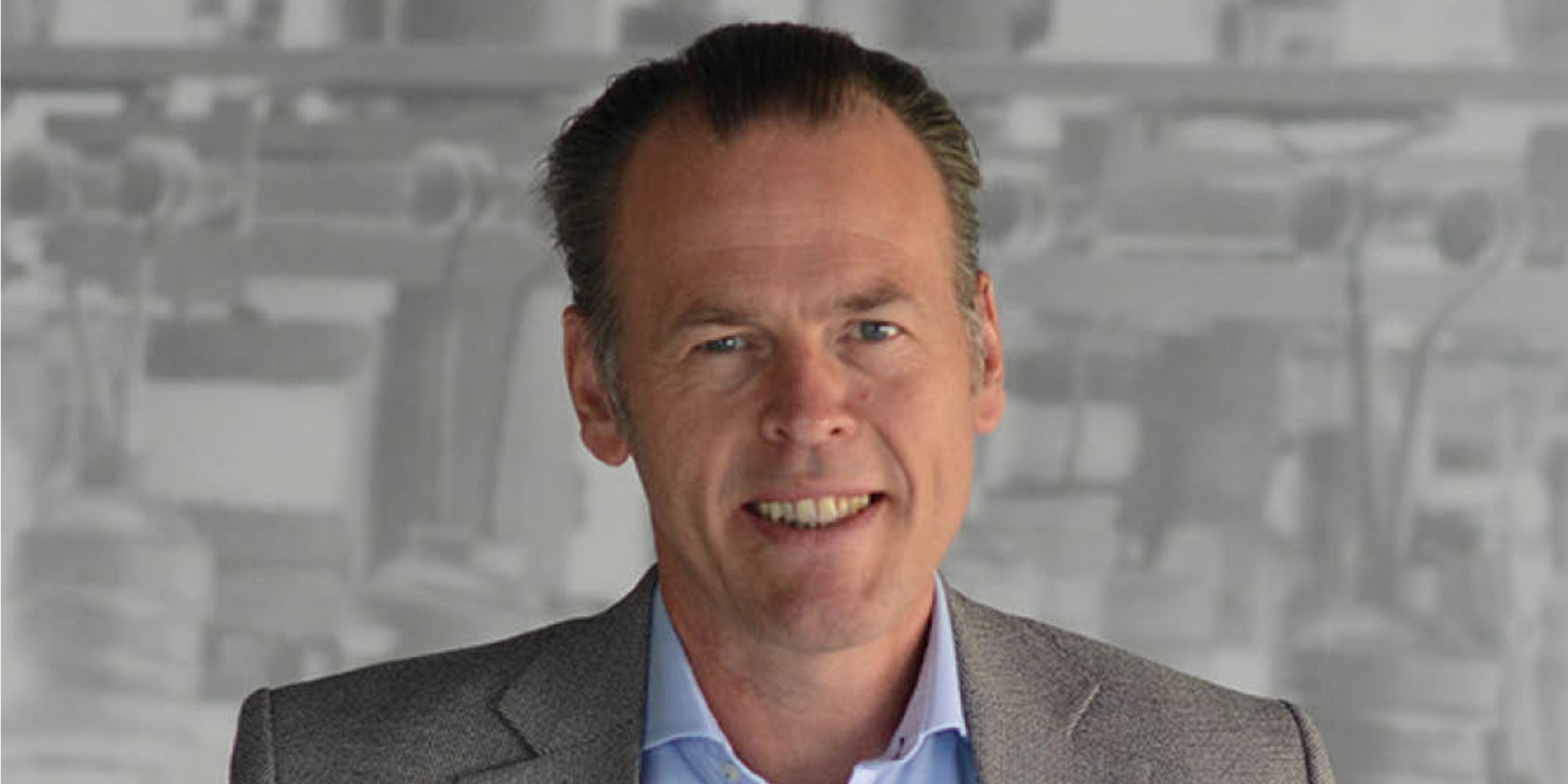Recently, in one of the company boards that I’m part of, we approved the new product strategy. This strategy is quite a deviation from the previous one in that we balance much more between investing in the current, main product, which used to get virtually all investment earlier, and new product initiatives to serve adjacent markets and help grow the business. However, after the board meeting, we discussed operationalizing the strategy and the main topic was that the most difficult part would be to change the culture of the employees in the business.
As famously said by Peter Drucker, culture eats strategy for breakfast. Once you get a certain culture in place, the general experience is that it’s extremely difficult to change. You can present all the strategy slide decks you want, but it’s surprisingly difficult to actually make people change their ways of working. Although this perspective is quite accurate, it easily puts companies in a bit of a victim role: the culture is what we have and we have to live with it.
Diving a little deeper, I believe that this is a fallacy that we have to avoid falling into. Culture can be defined as the norms and values that we organize ourselves by. Norms are defined as the established standards or expectations and values are the set of beliefs and ideas that we uphold as important within the company.
For example, virtually every company I work with views itself as customer centric. However, the ways this materializes can vary greatly. In the company that triggered this post, the implementation of customer-centricity was to try to respond to every suggestion, request and demand from every customer. The result was a backlog of an infinite amount of minor features that may please some customers but that didn’t move the needle from a competitiveness perspective. The way we responded to this was by setting a strategy where we explicitly allocate resources using the three horizons model and within each horizon with an explicit allocation to roadmap work versus customer requested work. We still allocate resources to respond to customer requests, but significantly less than before.
Now, making this strategy real basically requires us to externalize the norms and values by which we’ve been operating. Once we’ve done this, we have a basis for discussion to realize the changes we’re looking for. Often, it’s not so much that a completely new set of norms and values needs to be defined, but rather that the balance between conflicting norms and values needs to be changed. For example, in some companies, an urgent request from a customer is always prioritized over roadmap work. When it’s time for a retrospective and it’s clear that few of the features on the roadmap were realized, everyone sagely accepts this as there were too many requests from customers that needed to be prioritized.
Read the last sentence again: “needed to be prioritized” is a direct expression of the company culture and something that you as a leader need to be highly sensitive to. Not reacting to such statements makes you immediately complicit in perpetuating the old culture and sabotaging the defined strategy.
'Make the current norms and values explicit'
To realize a new strategy and upgrade your company culture, I believe that at least three actions are key. First, make the current norms and values explicit. Not in general terms, but as specific as possible. Then indicate where the new strategy requires us to make changes in the way we prioritize our time and energy. Exemplify it and make sure that everyone rationally understands what the new strategy means in terms of cultural changes.
Second, as a leader, you need to embody the new strategy. When I lived in the US, many parents told their children: do as I say, not as I do. However, it’s perfectly obvious for any parent that children mimic the behavior of their parents, not their words. The same is the case for employees in a company: people will mimic the behavior of leaders, not their words. So, as Gandhi said, be the change you want to see.
Third, operationalize the strategy for every individual in terms of what it means in terms of day-to-day work, priorities and interaction and follow up on the new ways of working. Humans are habit-driven creatures and it’s too easy to fall back into old ways unless we’re constantly reminded of what’s expected from us. This also requires an escalation path as conflicts will surface between the old and new cultural patterns. If individuals are required to sort out these conflicts themselves, most will fall back into the old, safe ways to avoid any perceived risks. Allowing for escalation will make it safer to take risks as the responsibility is abdicated.
While it’s true that culture eats strategy for breakfast, it doesn’t mean that you can’t realize changes in the company culture that facilitate the strategy you’re looking to operationalize. It requires us to externalize the norms and values in the old culture to make the required changes in priorities explicit, for leaders to embody the new strategy and behave by it and for each individual to operationalize the strategy in concrete, day-to-day terms. This is incredibly hard and time consuming, but the alternative is to not change at all. As Mark Zuckerburg famously said: “The biggest risk is not taking any risk… In a world that is changing really quickly, the only strategy that is guaranteed to fail is not taking risks.”
